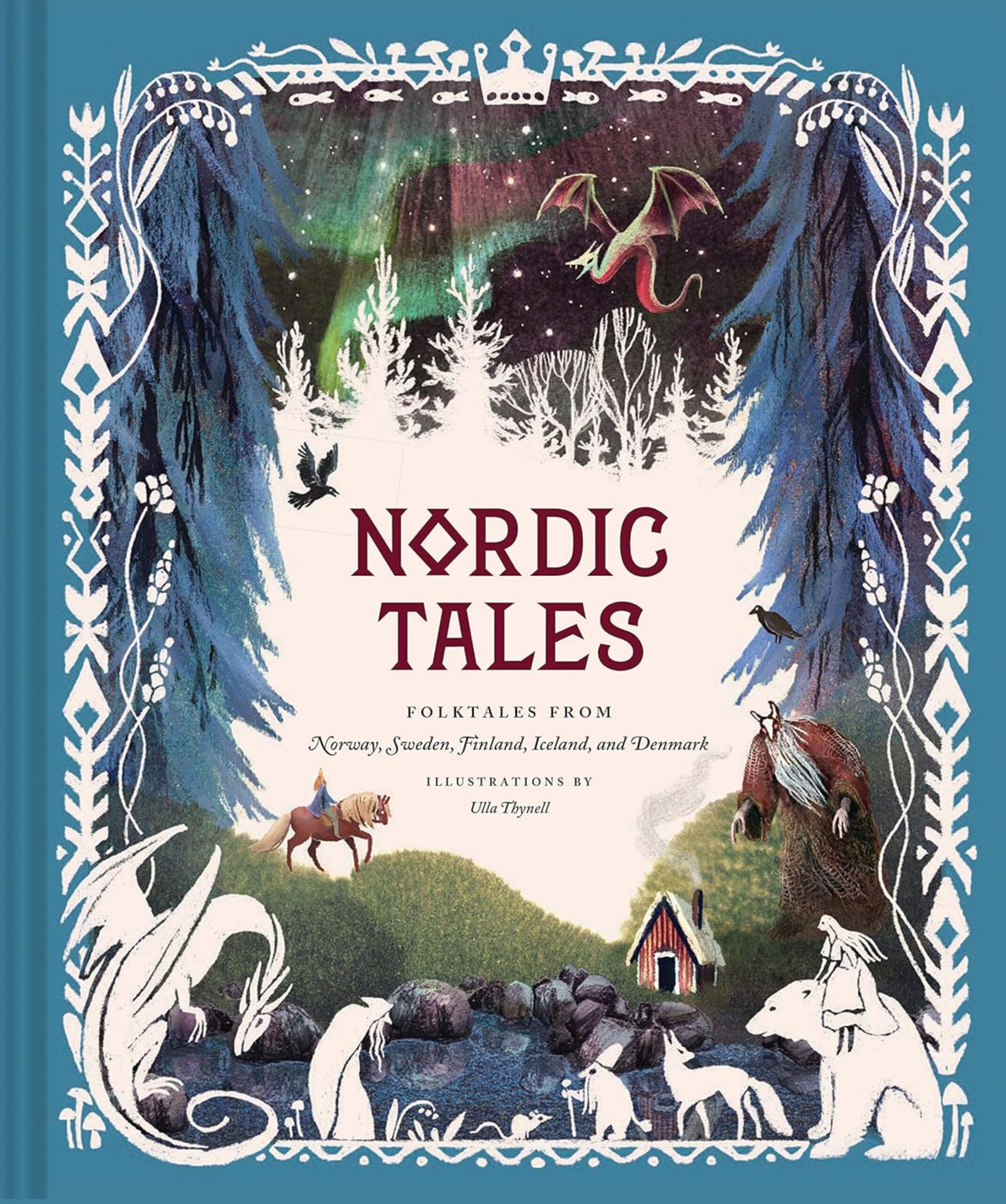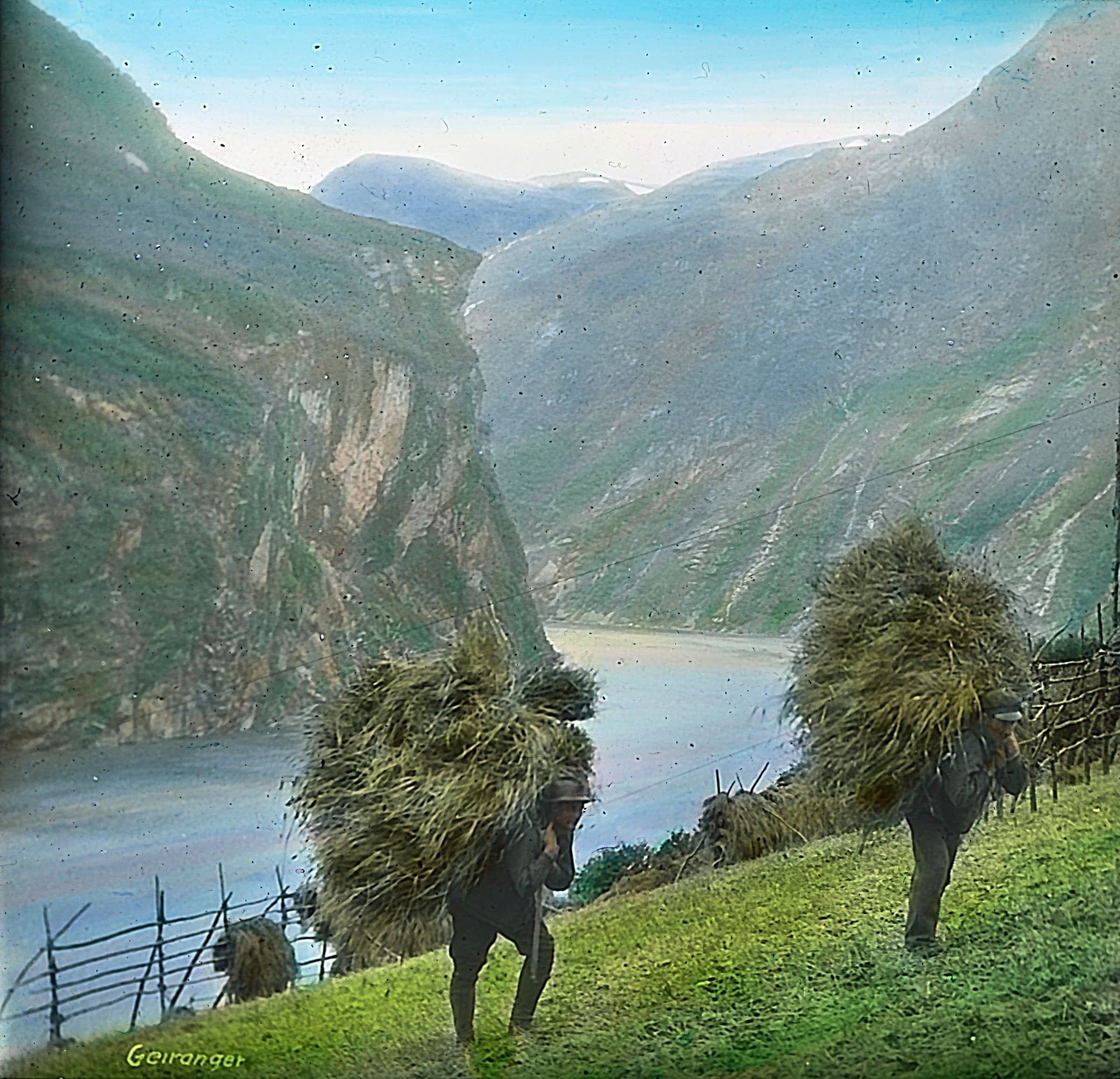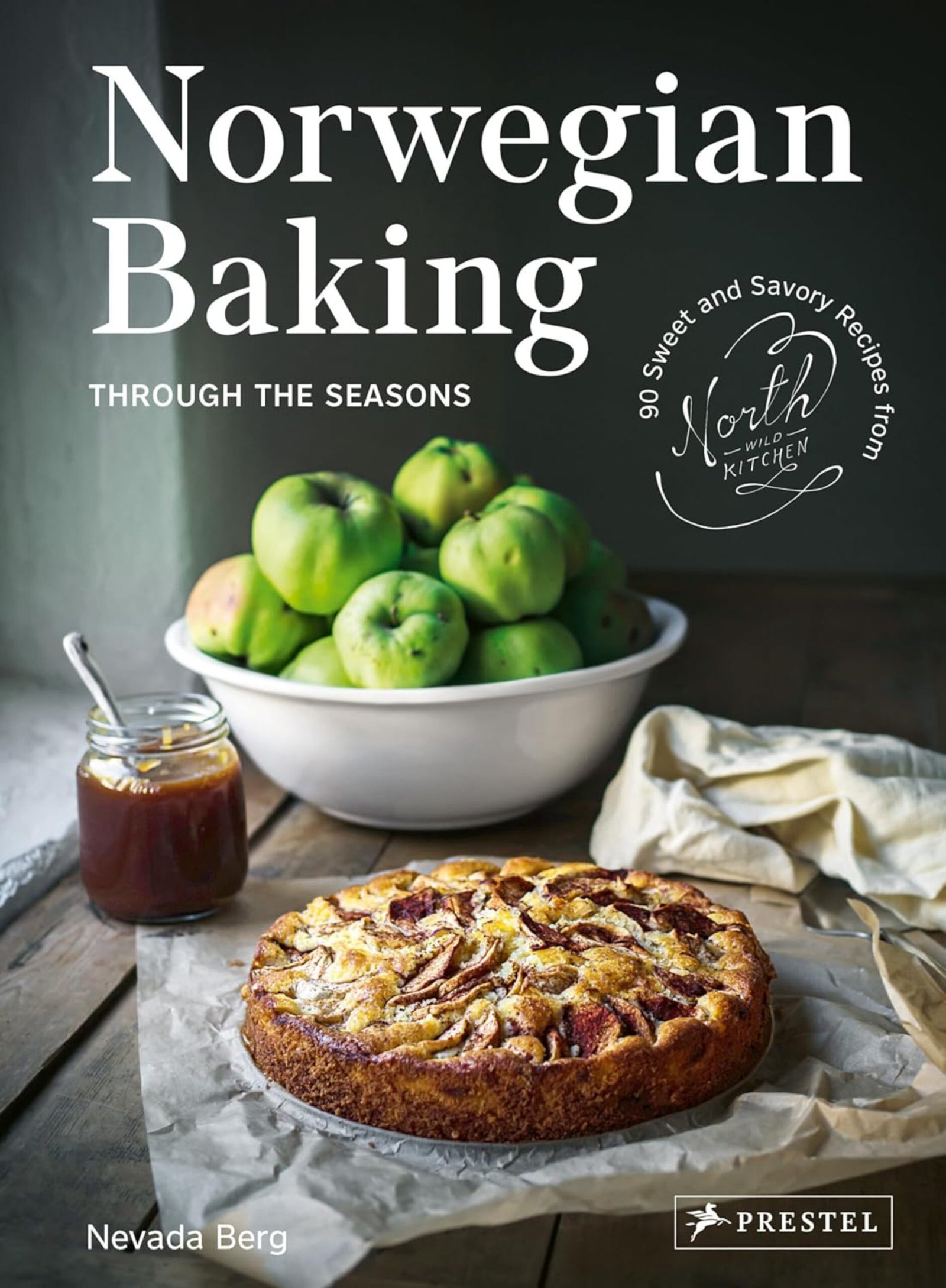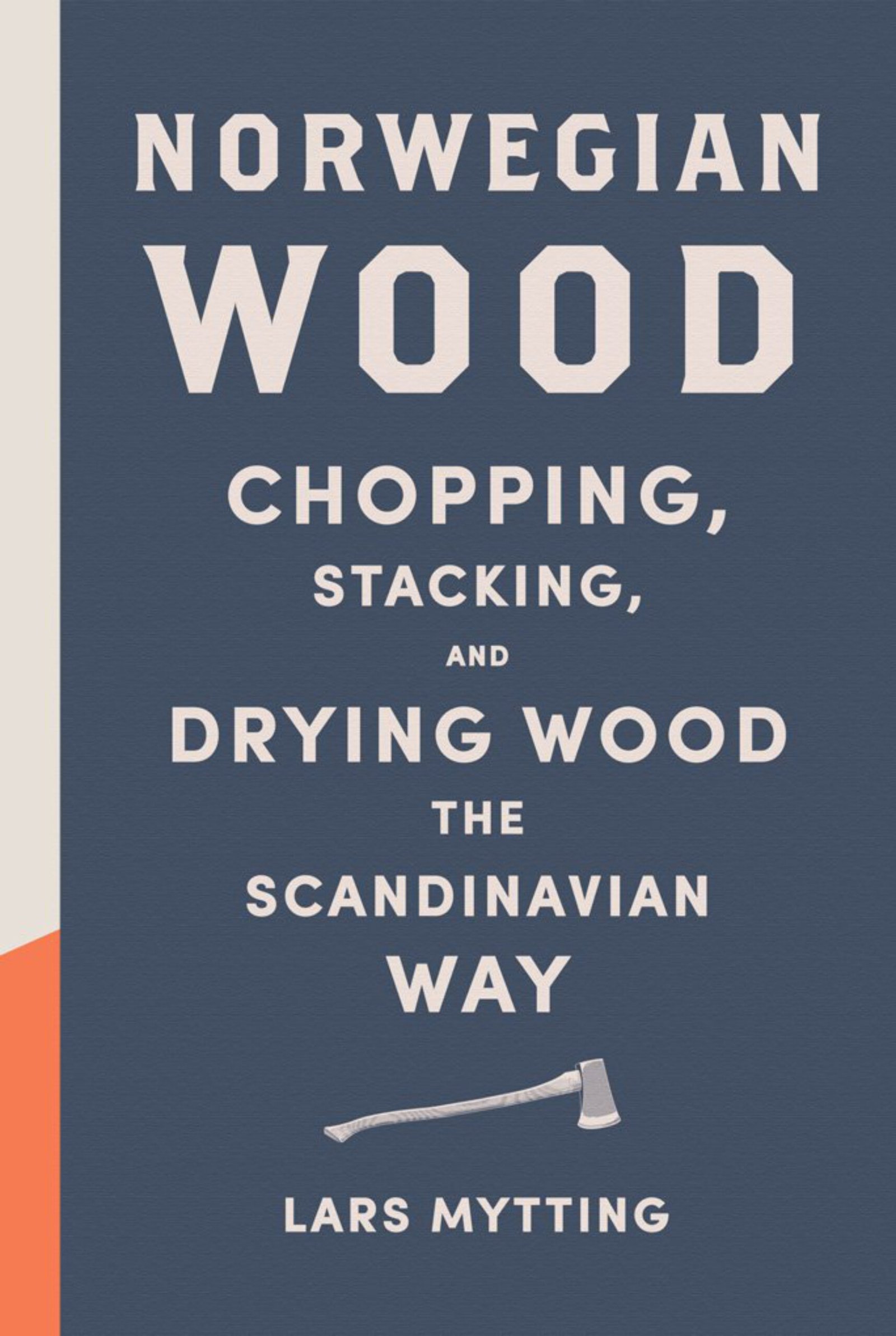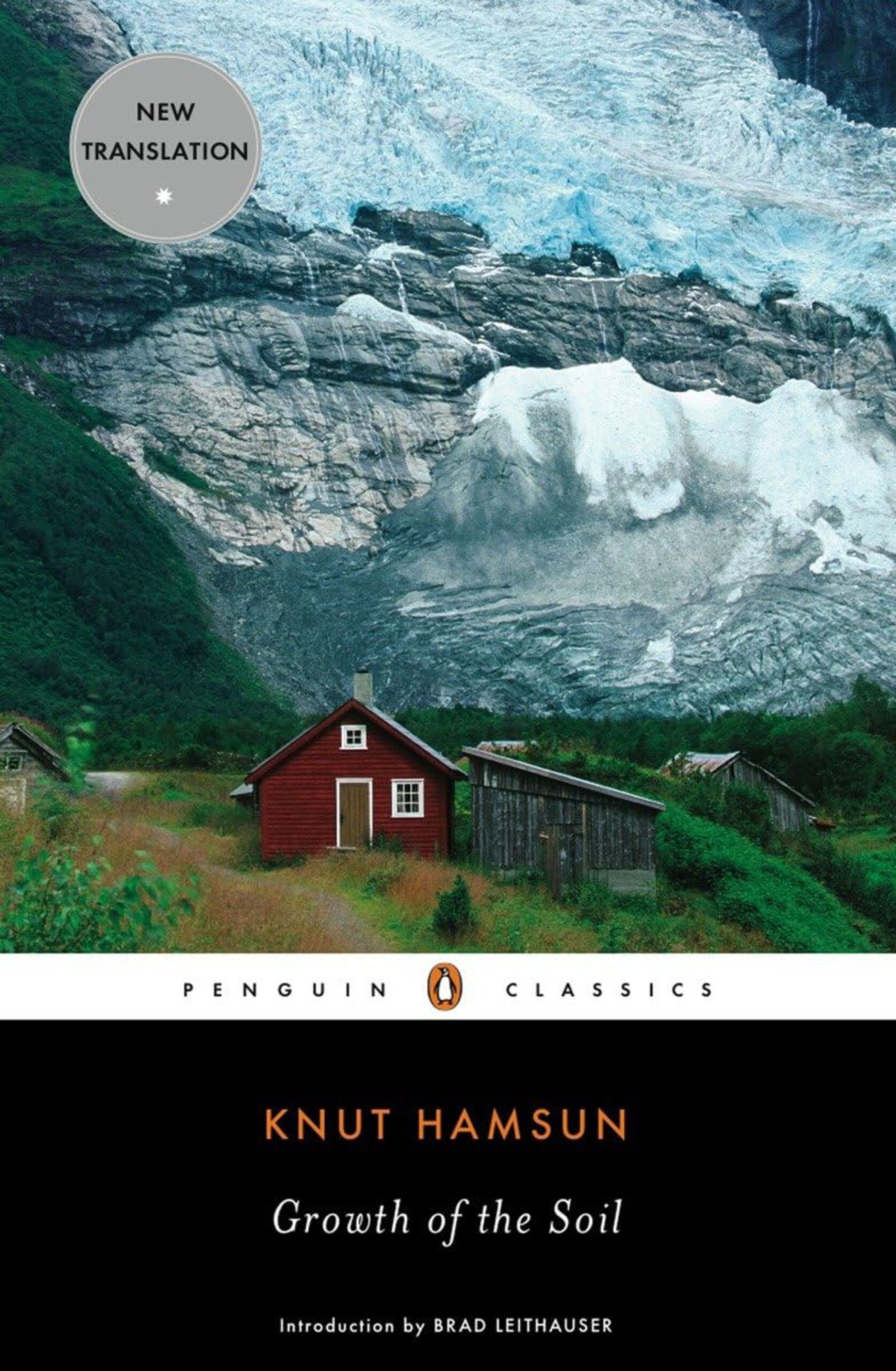Focussed on animal husbandry
The historical farming in Norway was very much based on the keeping of livestock, for two reasons in particular:
- Only 3% of Norway is cultivated land.
- Norway has a cold climate and therefore a short growing season.
Utilising the mountains and the forests
With limited availability of land to cultivate, the historical Norwegian farmers made the most out of the 80% of mountain and forest land, and the rich grass and herb resources there.
The animals needed feeding indoors all winter
The animals stayed indoors throughout the winter, in some places for up to 8 months. To be able to feed them, the farmer had to harvest and store large quantities of fodder during the summer and early autumn.
Hay was the main type of animal fodder
Historically, hay was the main type of fodder. The grass was cut and dried, often in natural or man-created meadows located far away from the home farm, in the surrounding mountains and forests.
The annual haymaking period has a name
Høyonna is what the Norwegian farmers call the haymaking season. It was all hands on deck: men, women, and youngsters. Often, hired hands were called in to help.
Høyonna – pronunciation
Høyonna started at Knutsok
According to the old calendar stick – and later the almanacs – the haymaking season started on 10 July, on the feast day of Saint Knut – Knutsok. But it was the weather conditions and the growth that dictated the start-up time.
Best to cut the grass when it is wet
It is said that the best time to cut the grass using a scythe – a ljå – is early in the morning, when the grass is still moist with dew. The sharp scythe-blade bites better on the wet grass.
Drying grass on a haydrying rack
Depending on the weather conditions, the grass was either dried on the ground, or placed off the ground on what the Norwegians call a hesje – a haydrying rack. The hesje looks like a fence, with posts and several levels of connecting boards or wire.
The hesje was a safer option
Using the hesje was the safest option in unpredictable weather. The cut grass was tossed and layered evenly onto every level of the hayrack, away from any damp on the ground, allowing air to flow through to speed up the drying process. The top layer – vasstaket – was thinner and denser, aimed at stopping any rain from getting inside the hay and rather run down on the outside.
The hay was mainly stored in haybarns
The hay was usually stored in haybarns, either on the home farm or in smallish buildings placed next to the outfield-meadows. The latter was often brought home using a horse and sleigh in the winter. The Norwegian words for barn are låve or løe.
Did the Norwegians use haystacks?
Sometimes the Norwegian farmers used outdoor haystacks, or left the hay hanging on the hesje. But this left the precious fodder exposed to bad weather, wild animals, and the loss of nutritional value.
Sometimes there was a second harvest
In the parts of the country with more favourable growing conditions, there was also a second round of grass harvesting. More was always better than less, to avoid seeing the farm-animals starve in the spring.
Who was Saint Knut?
Knut – or Canute in English – was the Danish King Knud IV. He was killed on 10 July 1086 during an uprising, and later canonised by the Catholic church. Just like Norway’s own Saint Olav.
Left the Catholic Church
The Norwegians abandoned the Catholic Church in 1536, when they joined the Protestant movement. But the old Catholic feast days remained in people’s consciousness, and in the all-important calendar sticks – and later almanacs – who guided them through the year.
What does Knutsok mean?
Knutsok is derived from a combination of two words: Knut + vake = Knutsok = Knut + wake = Knut’s wake.
